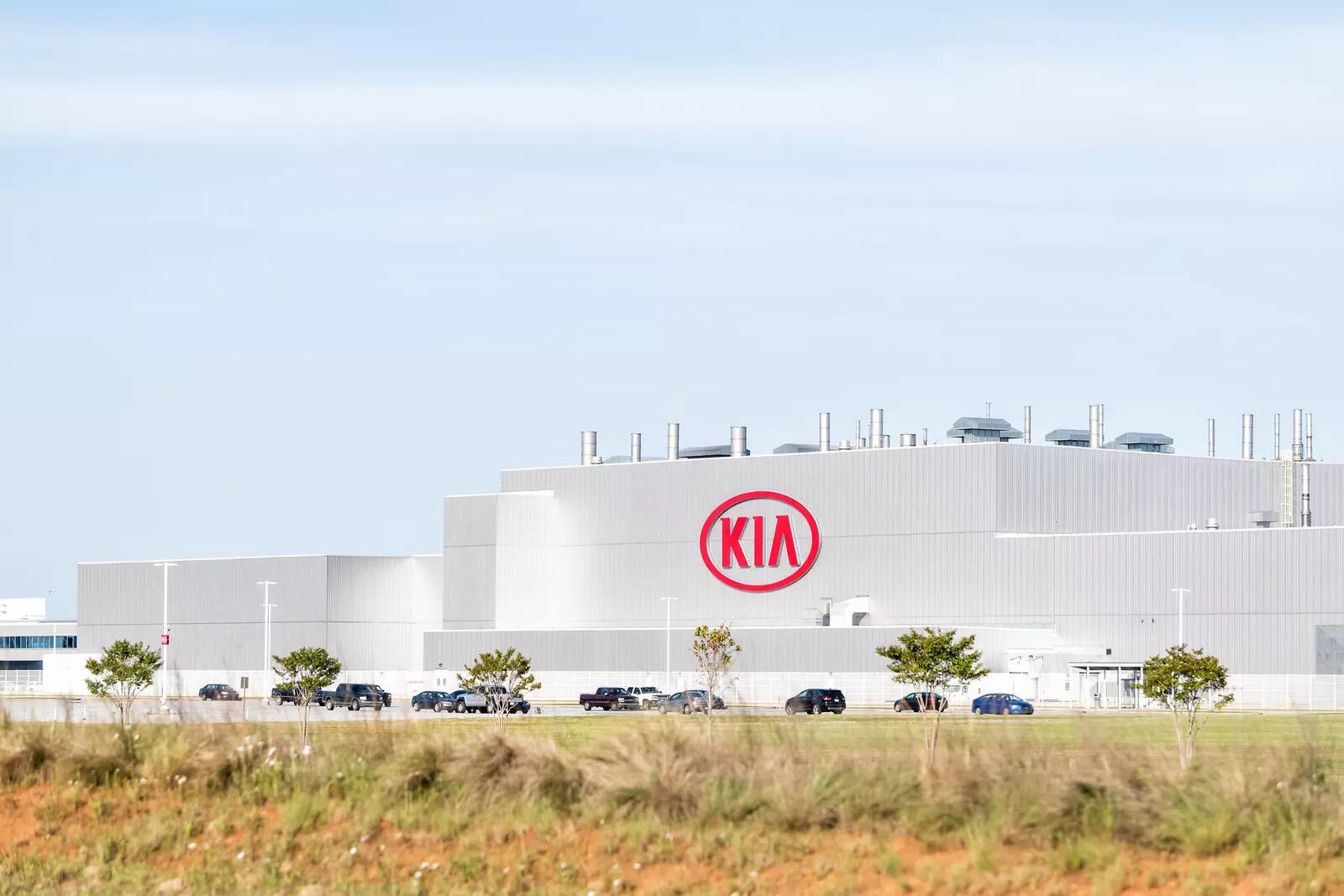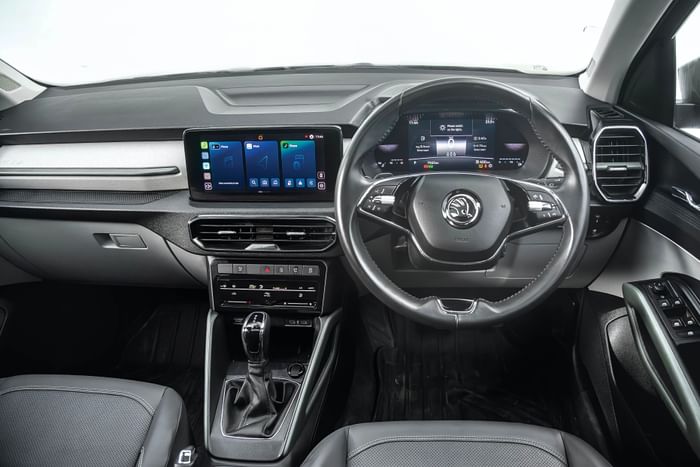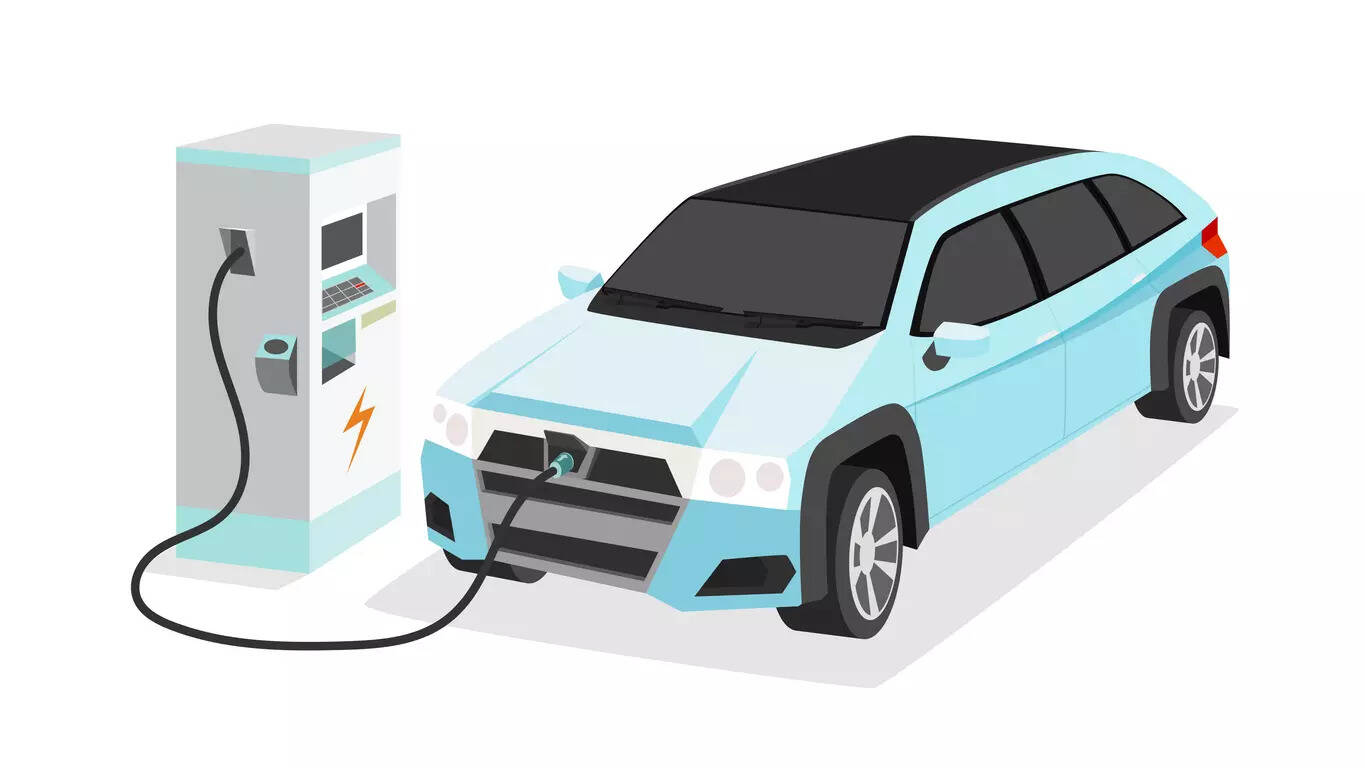Almost all of Apple’s new software betas are here, and naturally, there’s one phrase on the tip of everyone’s lips: Liquid Glass. If you haven’t been keeping track of Apple’s wholesale redesign, which was introduced at this year’s WWDC, there have been some noticeable tweaks. Among those tweaks is a new design language that drastically shifts the look of the UI inside iOS 26. That look is Liquid Glass, and it has caused some severe reactions.
Liquid Glass, as the name implies, makes a lot of the elements inside iOS look “glassy,” which is to say semi-opaque and bubbly. Menus, when hovering over a web page, for example, still let some of the backdrop shine through and adaptively warp them, much like a piece of glass would. Reading the description, Liquid Glass may sound like a lot of fun, but critics have lampooned the redesign for being half-baked and borderline illegible, even despite the fact that all betas were still in developer preview.
Liquid Glass Change: iOS 26 Beta 2 vs Beta 3 vs Beta 4. pic.twitter.com/6WcFP5AIgD
— Beta Profiles (@BetaProfiles) July 22, 2025
At first, it looked as though Apple was ready to capitulate to that commentary and put Liquid Glass back in the bottle. In subsequent developer updates, it toned back the glassier elements in favor of a more conservative look. But if the latest public beta is any indication, it’s reversed that course. Now, it looks like Apple isn’t quitting on Liquid Glass quite yet, and I’m here to say that maybe you shouldn’t, either—if only because watching Apple step out of its comfort zone will make for an interesting and refreshing change.
One of the major critiques against Apple’s redesign is that it lacked proper accessibility, and based on developer previews, I’m willing to say that critique is generally valid. It’s not pervasive throughout iOS 26, but the emphasis on transparent menus did, in some circumstances, make certain elements harder to see or downright muddled. That’s a problem, to say the least. As great as visionary design is, people still need to use their devices as a means to an end, and if a new look is preventing them from doing that, it’s probably not succeeding in its goal.

With that said, there’s likely a middle ground to be struck here. As bad as accessibility issues are, running into a few doesn’t necessarily mean that the hope of a functional Liquid Glass is shattered. Apple seems to think so, too, and in a way, it has to think that, not just because of the effort it has already poured into redesigning its platforms, but because it’s high time for a change and Apple knows it. There hasn’t been a major overhaul of iOS since iOS 7, and lots has changed since 2013.
The look of iOS 7 has aged, and so too has Apple as a company. As iconic as the iPhone is, Apple’s image as an innovator or purveyor of boundary-pushing design hasn’t quite evolved with the company. It’s clear, both from Apple’s decision to redesign its platforms and the choices it’s made in pushing into both AI and XR, that it’s ready to reclaim that image. If it’s going to do that, it needs to look the part, too.
And, let’s be honest, from a fan or consumer perspective, isn’t that kind of Apple a lot more exciting? I’m all for Liquid Glass, warts and all, if only because it means we get to watch Apple do something. I’m leaving space for Liquid Glass to fall flat on its face, but if that ultimately means that Apple starts making bold moves again, it was worth it. Liquid Glass may very well be the start of a renewed Apple that’s ready to lead the pack instead of resting on its iPhone laurels and pushing out more of the same.
























































